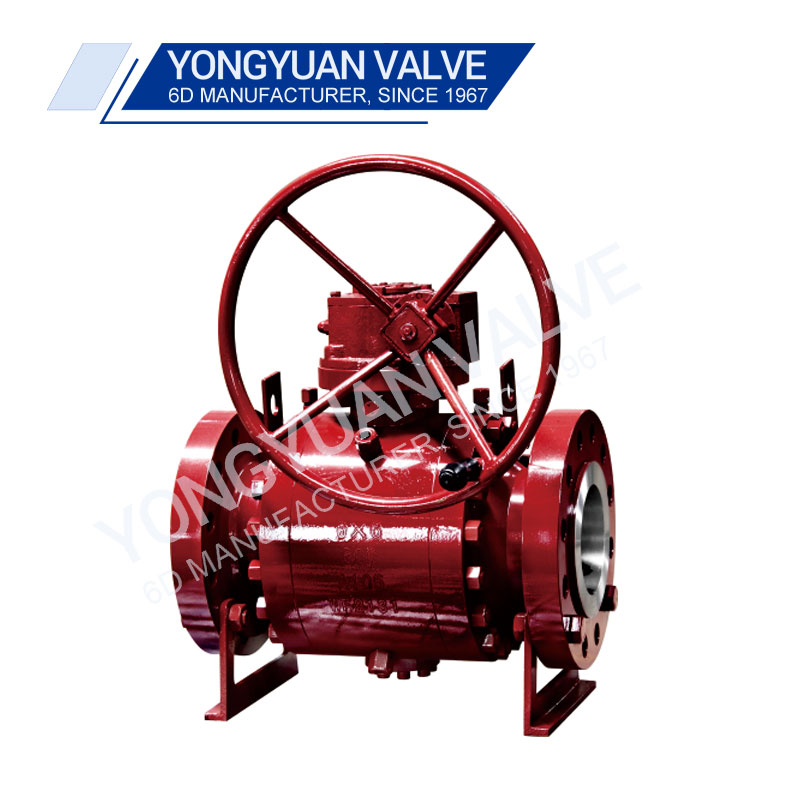Unveiling the Design and Construction of the Wafer API 6D Swing Check Valve
2024-03-28
In the intricate network of fluid control systems, valves stand as gatekeepers, regulating the flow of liquids and gases with precision and reliability. Among these valves, the Wafer API 6D Swing Check Valve emerges as a cornerstone component, prized for its robust design and efficient functionality. In this blog post, we'll delve into the intricacies of the design and construction of the Wafer API 6D Swing Check Valve, shedding light on its inner workings and engineering marvels.
Understanding the Design:
The Wafer API 6D Swing Check Valve is meticulously crafted with a design that prioritizes efficiency, reliability, and ease of installation. At its core, this valve features a swing-type mechanism, which consists of a disc or flap that pivots on a hinge or shaft. This swing mechanism allows the disc to move freely between an open and closed position in response to fluid flow within the pipeline.
Construction Materials:
The construction of the Wafer API 6D Swing Check Valve is marked by the use of high-quality materials that ensure durability and longevity in demanding industrial environments. Common materials used in its construction include stainless steel, carbon steel, and ductile iron, chosen for their resistance to corrosion, abrasion, and wear.
Key Components:
1. Body: The body of the Wafer API 6D Swing Check Valve is typically constructed as a wafer-style design, featuring a compact and space-saving profile. This allows for easy installation between flanges in pipelines without the need for additional supports.
2. Disc: Central to the operation of the valve is the swing disc, which acts as the primary component responsible for controlling the flow of fluid. The disc is hinged or mounted on a shaft within the valve body, allowing it to swing freely between the open and closed positions.
3. Seat: The seat of the Wafer API 6D Swing Check Valve provides a sealing surface against which the disc rests in the closed position. This ensures a tight seal to prevent backflow when the valve is in the closed position.
4. Hinge/Pivot Mechanism: The hinge or pivot mechanism allows the disc to swing freely between the open and closed positions in response to changes in fluid flow. This mechanism is engineered for smooth operation and minimal friction, ensuring reliable performance over time.
Functionality:
When fluid flows in the desired direction, the pressure of the fluid forces the disc away from the seat, allowing fluid to pass through the valve unimpeded. However, when the flow reverses or stops, the disc swings back into the closed position under the influence of gravity and fluid pressure, effectively sealing the valve and preventing backflow.
Conclusion:
In conclusion, the design and construction of the Wafer API 6D Swing Check Valve epitomize engineering excellence and innovation in fluid control technology. With its sturdy construction, precision engineering, and reliable functionality, this valve stands as a testament to the ingenuity of valve manufacturers in meeting the evolving needs of industries worldwide. Whether in oil and gas, chemical processing, or water treatment applications, the Wafer API 6D Swing Check Valve continues to be a trusted and indispensable component in fluid control systems.



